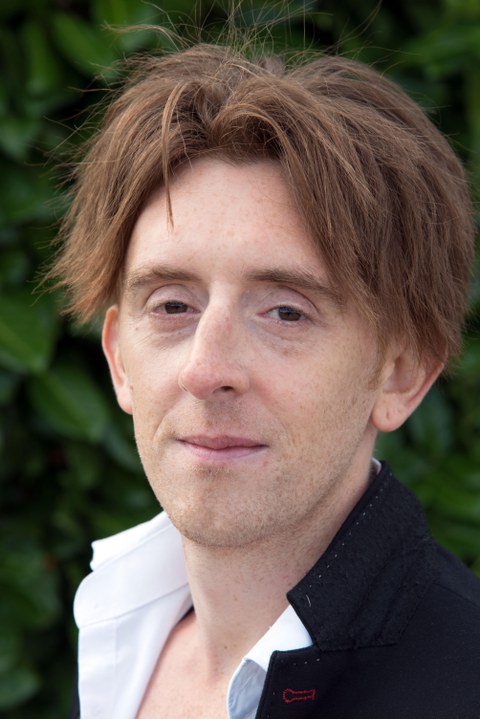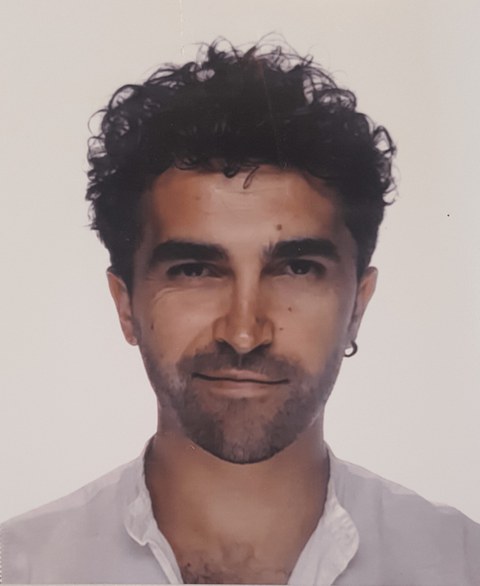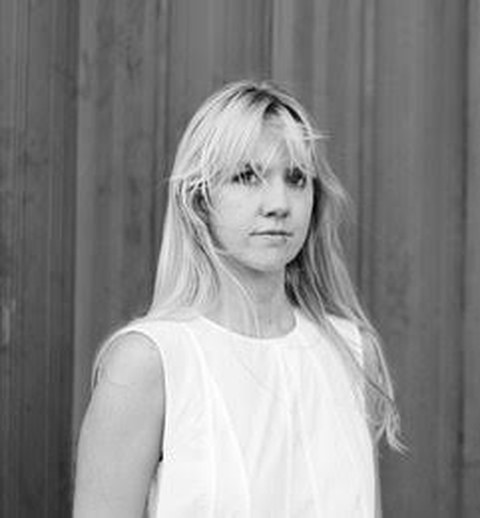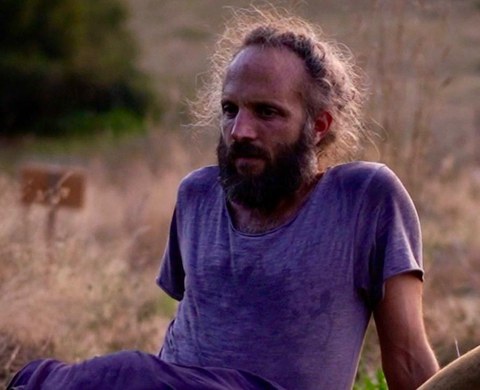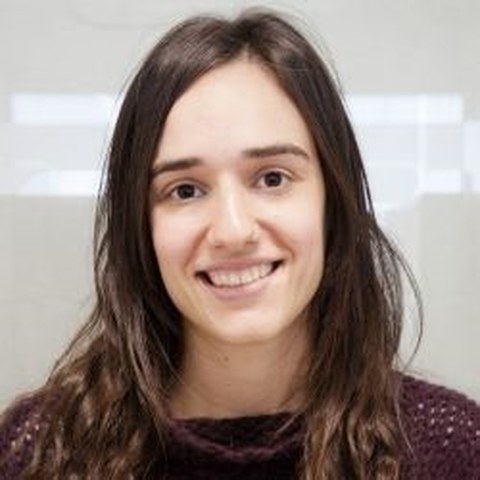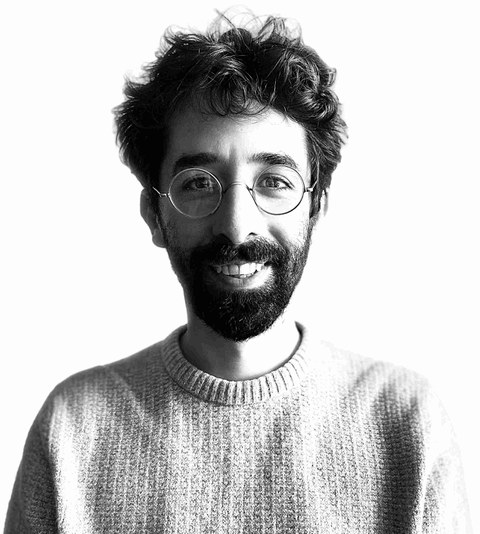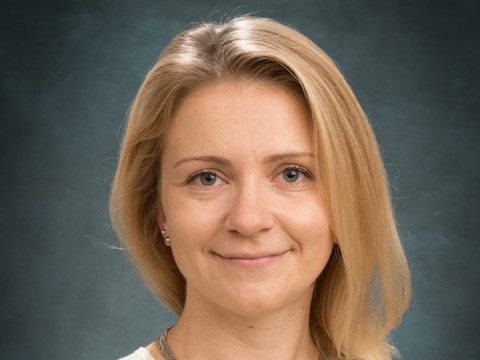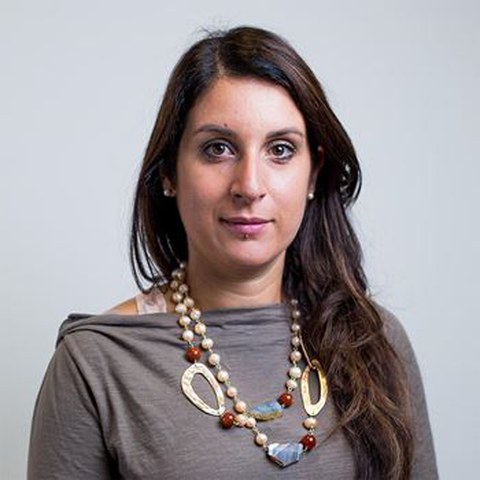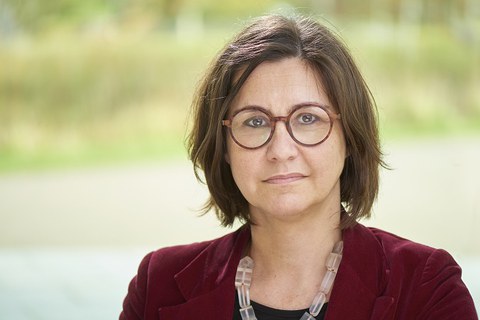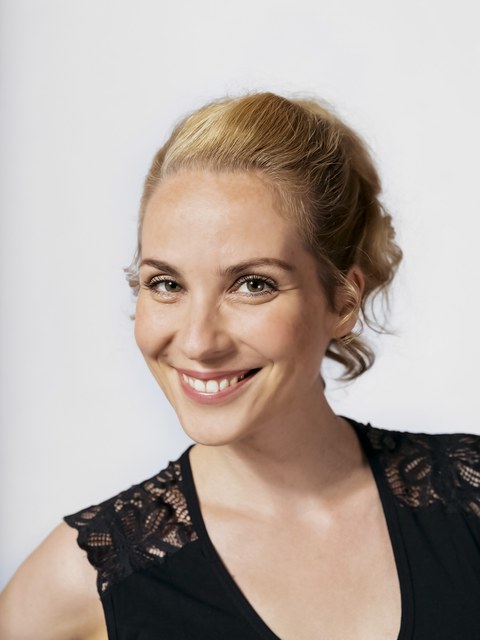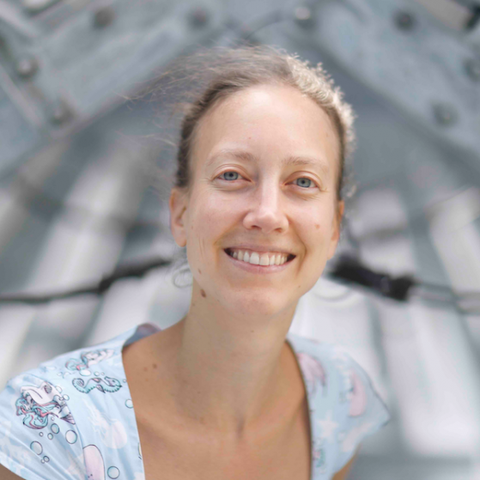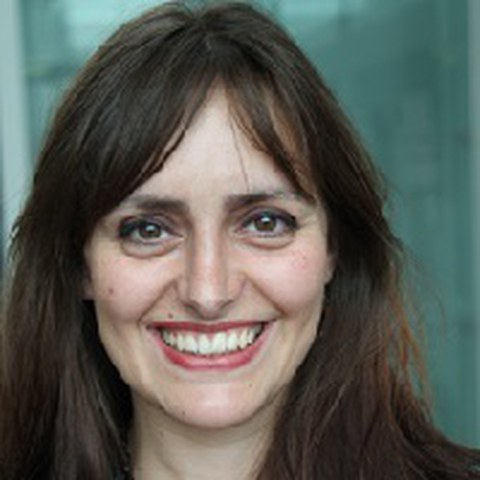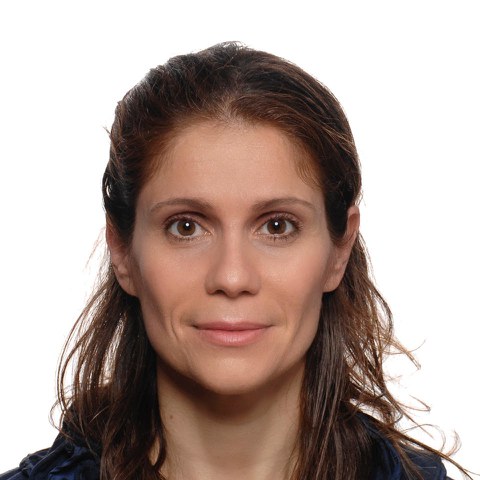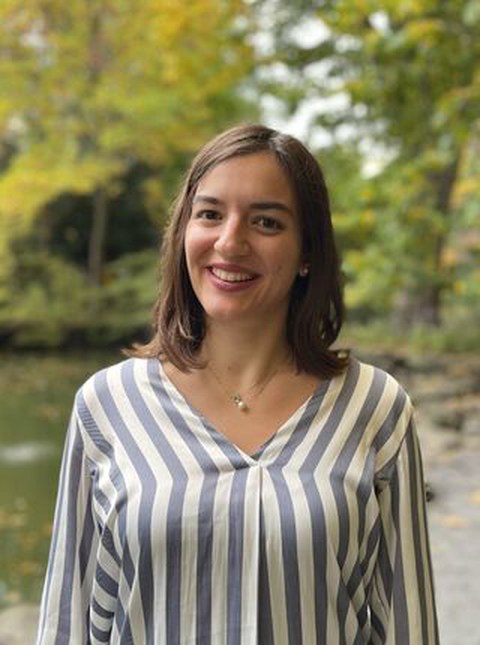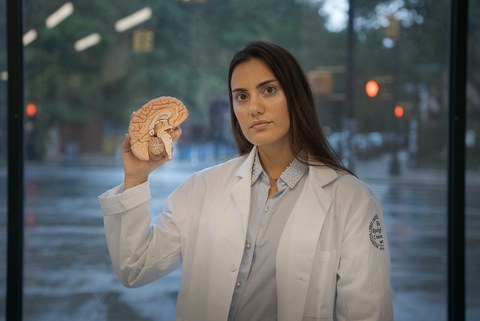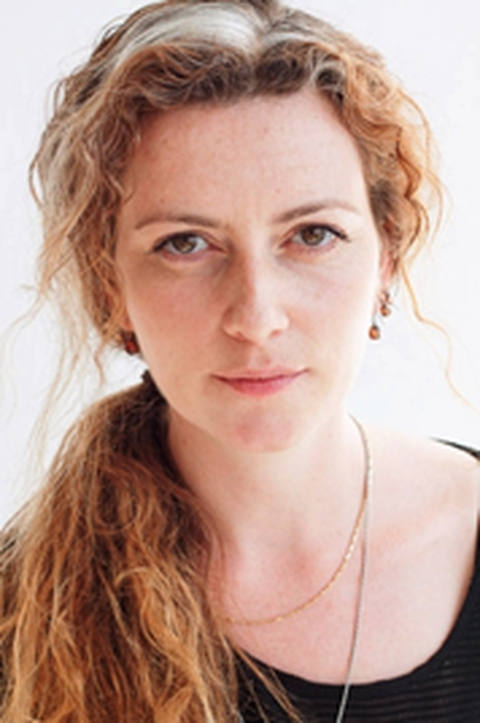SocialBRIDGES 8: Dance & Dialogues
ATTENTION! The official conference time is Central European Summer Time (CEST)
Join Gather Town to watch pre-recorded poster presentations and to interact with others!
April 8th, 2024
09:45 WELCOME by Prof. Merle Fairhurst (TU Dresden), Dr. Marieke van Vugt (University of Groningen) and Dr. Valentina Cazzato (Liverpool John Moores University, University of Messina)
10:00 Keynote Talk by Prof. Dr. Emily Cross (ETH Zürich)
Dancing Brains and Thinking Bodies
Why do we dance, and why are we moved by dance? Competing accounts suggest that our motivation to dance springs from reasons that are either deeply personal (such as for purposes of exercise, entertainment, or artistic expression), or inherently social, which play a key role in facilitating relationships with others in a social world. A more recent account, however, suggests that the mechanisms of dance are more complex, and as dance scholar and philosopher Kimerer LaMothe suggests, humans “are creatures who evolved to dance as the enabling condition of [our] own bodily becoming.” In this talk, I consider what psychological, neuroscientific, and even AI studies can tell us about how we perceive dance, and why we might enjoy watching others dance. My aim is not to dissect the phenomenological experience of watching dance into something so granular as to erase the deeply human pleasure of dancing or watching others dance, but to instead highlight what different scientific disciplines can reveal about this ubiquitous and fundamental means of expression. While dance will certainly endure as a universal means of social bonding, artistic expression and recreation, research efforts over the coming decades spanning the arts, sciences, and technology are poised to uncover many new and unexpected insights into this fundamental human behaviour. The most exciting work to come, I will argue, will transcend disciplinary boundaries, and even humanness, while drawing from a spectrum of creative energies to deepen our understanding of how we communicate and experience our humanity through bodily movement.
11:00 Talk by Dr. Liam Cross (University of Plymouth)
The power of percussion: An open access virtual reality drumming application for fostering pro-sociality
Interpersonal synchrony has been shown to lead to various positive social outcomes, including increased cohesion and helping behaviours. However, synchrony research is often hindered by various practical barriers (replication, expectancy effects, issues with logistics and performance). This talk will detail a customised VR application that can be utilised to overcome these common barriers an open up new avenues of exploration. This open-access VR application offers a variety of customisable parameters and can easily be utilised with minimal VR knowledge to investigate the social outcomes of interpersonal synchrony. This application was evaluated through three experiments (n=240), exploring if it could be used to (1) replicate previous findings showing synchrony increases affiliation and cooperation, (2) if such findings extend to out-group partners and (3) if they could extend to other species partners. This talk will showcase not only the capabilities of utilising VR as a paradigm to conduct interpersonal synchrony research, but also how it could be used as a potential intervention tool for reducing prejudicial attitudes, and exploring synchrony manipulations not possible in real life.
11:30 Flash Talk Session
12:00 Talk by Dr. Ismail Bayram (TU Dresden)
Fundamentals of human purposeful movement and its control of sensorimotor synchronization
In the complex interplay between neuroscience and the art of dance, this talk explores the connections between the human brain, purposeful movement, and the sensorimotor synchronization within rhythmic expressions. The talk first attempts to explain the neural basics that govern the fundamentals of purposeful, autonomous and reflexive human movement. Followingly, it navigates the exploration of neural pathways and brain regions responsible of controlling autonomous movements and their relation to sensorimotor synchronization with an external rhythm. The talk will lastly focus the interconnection between human brain and body within the scope of neuroscience of dance movement therapy, by providing an appreciation of the therapeutic dimensions embedded within rhythmic movements. The conclusion will be fostering a holistic approach to well-being through the language of dance.
12.30 LUNCH BREAK
13.30 Talk by Greta Gauhe (Coventry University)
Touching Distance: Exploring Creative Methods for Recreating Tactile Experiences
The formal study of touch has recently surged in interest, notably during the pandemic (Bannissy 2022; Kapadocha 2023; Ben-Arye et al. 2021), reflecting a shift towards understanding touch's impact on mental health (Carter & Wrench, 2010; Field, 2002; Jakubiak & Feeney, 2019). Scientific inquiry intersecting with societal changes emphasises the need for innovative approaches to re-engage with touch, both in-person and online. This presentation delves into a practice-as-research PhD project (Henley, 2023; Melrose & Sachsmaier, 2017) , exploring creative methods to replicate touch experiences in online or remote settings. The primary goal is to devise creative methods enhancing positive touch interactions in virtual spaces or over distances, prioritising mental well-being and accessibility for individuals unable to engage in close physical contact. Implications extend to future research on understanding touch in online environments, contributing to academic knowledge in dance and other touch-based fields. The discussion incorporates findings from a systematic review (Gauhe et al., 2023) exploring how touch-related fields adapted traditional methods for the virtual landscape. Additionally, insights from an expert interview study highlight how artists adapted their methods to create online multi-sensory experiences. Furthermore, the presentation explores practical research with two recent projects incorporating audio-recorded performances, aiming to rekindle participants; connection with their sense of touch, fostering engagement despite physical distances.
14.00 Talk by Dr. Asaf Bachrach (CNRS)
The YUMI model for joint creativity in dance improvisation
In this practice-talk we will experiment a speculative perspective on agency and creativity in collective improvisation. We will explore a certain 'zone' of agency (the experience of control) where the locus of control is blurry (is it me? is it you, is it something else?) that we will name YUMI (you-me) Based on data and experience from dance and music improvisation, including the data we will collect during the session,I will suggest that the YUMI sense of agency is a fertile ground for enhancing our creativity. I will present our Virtual Reality protocol where we modulate the sense of YUMI and provide some first and third person data from this protocol on the relation between agency and creativity. This perspective has practical consequences for pedagogy, technology, game making etc. and also to out theoretical understanding of notions such as agency, individuality and the self-other divide.
14.30 PANEL DISCUSSION: Life in Research in Dance and Beyond Academia
15:00 COFFEE BREAK
15.30 Flash Talk Session
16:00 Talk by Dr. Kyveli Kompatsiari (Technical University of Denmark)
Emergent dynamics in spontaneous interactions
Self-other integration and distinction play a vital role in efficient synchronization with other humans. Previous research has shown that in simple rhythmic joint action tasks (e.g., tapping), self-other integration can be described using mathematical models of coupled oscillators, representing within- and between-person action-perception links. The present study focuses on investigating self-other behavioral patterns when synchronization is either the goal or an emergent phenomenon in more complex continuous interactions. More specifically, participants produce improvised movements in a ‘mirror-game’ paradigm while being explicitly asked to synchronize with the partner (sychronized condition) or produce independent movements with visual feedback of each other (spontaneous condition) or without feedback (individual condition). Different methods of measuring synchronization are presented and discussed. Future analysis will include mathematical models of coupled oscillators to reveal emergent dynamics of self-other integration and distinction on behavioral and neural level. https://orbit.dtu.dk/en/persons/kyveli-kompatsiari
16:30 Talk by Dr. Giacomo Novembre (Italian Institute of Technology)
The geometry of interpersonal synchrony in human dance
Collective dance is a universal human practice, yet little is known about the underlying mechanisms that support such synchronized behaviour. How does interpersonal synchrony emerge in human dance? We recorded full-body kinematics from dyads freely dancing to music in a ‘silent disco’ setting. To unveil how vision of a partner and audition of music contribute to the emergence of synchronized behaviour, we manipulated visual contact (whether participants could see each other) and musical feedback (whether participants were dancing to the same music). We decomposed full-body kinematics into 15 principal movement patterns, reminiscent of common dance moves, explaining over 95% of kinematic variance. We find that both music and partners drive synchrony, but through specific dance moves. This leads to the emergence of distinct kinds of synchrony that occur in parallel, and according to a geometric organization: hand gestures and full-body lateral movements synchronize through visual contact, while anteroposterior movements such as head bob synchronize through music. One specific dance move – vertical bounce – emerged as a supramodal pace setter of coordination, exhibiting synchronization through both visual contact and music, and at the pace of the musical beat. This geometric organization enables dancers to synchronize to music and partners simultaneously by allocating distinct synchronies to distinct spatial axes and body parts.
17:00 Talk by Prof. Dr. Aga Burzynska (Colorado State University)
Effects on adult brain structure, function, and cognition
Dance is an age- and culturally-appropriate activity that involves physical exercise as well as elements of novelty, fun, and social interaction. Therefore, dance can be used for enrichment in older adults which may promote neuroplasticity. We first studied younger professional dancers to understand cognitive functions and brain networks involved in dance training (Burzynska, et al., 2015). Our results suggest that there are both functional and structural neural adaptations that underlie dance proficiency. Next, we showed that dance and exercise training can induce white matter plasticity in healthy older adults (Burzynska et al., 2017; Mendez et al., 2021). With this, we provided one of the first pieces of evidence for plasticity in the human aging white matter, which opens the possibility of restoring white matter health using a non-pharmacological, widely accessible, low-cost, side effect-free, and socially satisfying activity: dance.
17:30 Talk by Prof. Dr. Julia Basso (Virginia Polytechnic Institute and State University)
Dance on the brain: Training for intra- and inter-brain synchrony
As a human behavior, dance was evolutionarily selected for its important role in social cohesion and attachment. One prominent theory is that dance evolved as a form of interpersonal coordination, which is the ability to synchronize with other individuals in terms of movement and timing. We recently published the Synchronicity Hypothesis of Dance that offers a mechanism to understand the effects of dance on the brain. First, this hypothesis states that dance enhances neural coordination (intra-brain synchrony) in brain regions that support sensory-motor and socio-emotional processes. Second, this hypothesis states that through dance, individuals can intentionally enhance behavioral synchrony, leading to the development of enhanced neural synchrony (i.e., shared brain states). Over the past several years, we have tested this hypothesis in several groups including professional dancers, musical theater participants with disabilities, and mother-child dyads. These studies have shown that dance improves mental health and social connection, with decreases in depression, anxiety, and negative affect and increases in mindfulness, attachment, and positive affect. Additionally, preliminary results indicate that in line with our hypothesis, dance enhances intra- and inter-brain synchrony. We speculate that these dance-induced brain changes correspond to improvements in psychosocial health, especially with the sense of community connectedness.
April 9th, 2024
9.45 Talk by Dr. Valentina Cazzato (Liverpool John Moores University, University of Messina)
The ‘Neuroscience meets Dance in Therapy Network’: Towards a neuroscientific understanding of Dance Movement Therapy
The “Neuroscience Meets Dance in Therapy” network represents a groundbreaking interdisciplinary effort that blends the realms of neuroscience and Dance Movement Therapy (DMT) to advance mental health treatments. This initiative is dedicated to uncovering how dance can serve as a potent therapeutic modality for stress relief, disease prevention, and the management of various psychiatric disorders, including depression and anxiety. By encouraging collaboration among neuroscientists, dance therapists, and creative arts therapists, the network strives to redefine research and therapeutic practices. It highlights the importance of dance as an expressive, non-verbal communication form, providing unique perspectives and methods for mental health treatment. The network champions the synergy between artistic expression and scientific inquiry, fostering innovative approaches to therapy that prioritize the interconnectedness of physical movement and psychological well-being. This endeavour not only contributes to the academic dialogue but also offers practical insights for enhancing therapeutic outcomes, marking a significant step forward in the integration of art and (neuro)science in mental health care.
10.00 Talk by Prof. Dr. Vicky Karkou (Edge Hill University)
Dance movement psychotherapy: What is it? When and why does it work? With Whom?
Dance movement psychotherapy (or dance therapy, dance movement therapy, dance/movement therapy) is one of the arts therapies (next to music, drama and art therapy). It also a form of psychological therapy, which, in the UK, is registered under UK Council for Psychotherapy alongside other forms of psychotherapy such as gestalt, body psychotherapy, psychodrama, transactional analysis, psychoanalysis, family therapy and so on. Although further research is needed to establish what approach to dance movement psychotherapy works for whom, there is growth of systematic reviews and associated outcome studies that provide evidence of effectiveness for certain client groups. There is also a recent interest in establishing empirically key components of the therapeutic process and exploring current and new neuroscientific evidence of underlying mechanisms of change. This talk will offer an introduction to dance movement psychotherapy covering professional requirements and registration as well as some important evidence generated from outcome studies on depression, anxiety, wellbeing and quality of life with clients across the life span. The presentation will also cover key therapeutic factors in dance movement therapeutic process and hypothesise on important mechanisms of change. Links with research in neuroscience and dance will be explored while suggestions for future studies will be made.
10.30 Talk by Dr. Julia Christensen (Max Planck Institute for Empirical Aesthetics)
Dance as a bridge between cultures: Emotion perception from expressive body movement
While emotional expression via the body is universal across cultures, labelling emotions into ‘emotion-word’ categories is not innate, but learned. Based on previous work using Western expressive dance gestures, we designed a video-stimulus library with emotionally expressive dance gestures from Iran. The dance gestures were choreographed to express the five ‘basic’ emotions (anger, fear, joy, sadness and neutrality). Across five experiments with 400+ culturally Iranian, English and Southeast Asian participants, we tested how enculturation modulated the perception of expressive body language. Results showed that categorical labelling of expressed emotions was modulated by Western enculturation. Aesthetic judgment served as an implicit emotion recognition task and evidenced a universal emotion perception from Iranian expressive gestures, regardless of culture. In this talk, I introduce the dance stimuli library and the Iranian dance genre we studied for our project – to give an overview of our work on this project in the past 6 years. The project focussed on one overarching research question: what can we learn from and about each other through the dances we dance together?
11:00 Talk by Dr. Marieke van Vugt (University of Groningen)
Moving and connecting brains through dance
It has been suggested that inter-brain synchrony reflects connection to each other, and also that dance is one way to create such a social connection. In this project, we collaborated with professional dancers to investigate these claims. Specifically, the dancers experimented with different ways of connecting through movement while we recorded their inter-brain synchrony. The movement research and discussion phase culminated in a tour throughout the Netherlands in which we demonstrated the setup and the different ways of connecting through movement we had identified. In the last phase of the project, we used the movement conditions in a more controlled lab setup to verify what drove inter-brain synchrony and self-reported connectedness most. We found that the most powerful ways to connect were moving in a dialogue and moving as if you had a single body. These conditions were also associated with increases in inter-brain synchrony in the alpha and theta bands. In addition to discussing these results, I will reflect on collaboration between dancers and scientists.
11.30 Talk by Prof. Dr. (phil. habil.) Sabine C. Koch (Alanus University, Bonn; SRH University Heidelberg)
Body Rhythms: The meaning of movement through the lens of the Kestenberg Movement Profile (KMP)
The presentation will introduce the KMP tension-flow rhythms and their meaning. Before we learn to use language, we already communicate our needs nonverbally in complex ways. This preverbal language is based on tension flow- and shape flow rhythms and is usually intuitively understood. How do we express the need to indulge or separate nonverbally? How does the KMP help us to understand the connections of movement and psychological meaning? How does it illuminate the workings of the 'soft animal of our body'?
The presentation will outline the influence of kinesthetic movement feedback (rhythms) on individuals and tactile movement feedback in interaction (embraces), with rhythms and shaping as independent variables. Research on the causal influence of afferent feedback from the body on affect, attitudes and cognition is extended into the dynamic realm and systematized into the separate influence of movement shape and movement quality. The empirical studies described outline the implications of movement qualities on both the individual and interpersonal level
12.00 Movement Workshop by Alba T Álvarez
12.30 LUNCH BREAK
13.30 Talk by Prof. Dr. Beatriz Calvo-Merino (City, University of London)
How sensorimotor expertise influence aesthetic and emotion perception
This talk explores how research on dance expertise has helped shape social and cognitive neuroscience. We will revise a selection of studies working with dancers that describe the sensorimotor expertise effect at multiple levels and domains. Initially, we will explore how different brain activations and neural mechanisms are found in the dancer’s brain while perceiving movements. We will expand and provide examples of how this sensitivity to movements can be beneficial for detecting other social elements and propose that dance expertise effects can extend into the emotion domain. Evidence from studies using various methods such as behaviour, physiology and neuroimaging are discussed. A final discussion will be proposed on the nature of the different elements that compose the sensorimotor expertise described in the dancers, as well as a framework for a dialogue between research from the neuroscience area and performing arts.
14.00 Talk by Dr. Cecilia Fontanesi (Barnard College of Columbia University, CUNY Hunter College, The Laban/Bartenieff Institute of Movement Studies, American Dance Therapy Association Research)
Exploring the Intersection of the Laban Bartenieff Movement System and Neuroscience
In this presentation, we will explore the intersection of the Laban Bartenieff Movement System (LBMS) and Neuroscience, exploring how these two frameworks inform our understanding of the first-person movement experience. The LBMS has long provided dancers and movement practitioners with invaluable insights into the intricacies of human movement. By examining movement from a phenomenological perspective, LBMS offers a unique lens through which we can explore bodily expression and communication.
In parallel, neuroscience has been investigating the brain-body connection, shedding light on the neural mechanisms underlying movement and perception. However, as we navigate the interface between LBMS and neuroscience, we often find areas of overlap, moments of enlightenment, and instances where the complexity of our phenomenological accounts outstrips our current neuroscientific understanding.
Through this dialogue, we aim to foster a deeper appreciation for the complementary nature of these disciplines while also acknowledging the inherent challenges in integrating subjective experience with objective measurement. We hope to illuminate new pathways for understanding the profound relationship between movement, cognition, and the self. https://ceciliafontanesi.com/
14.30 PANEL DISCUSSION: Available or Ideal Methods for Capturing the Magic
15.00 COFFEE BREAK
15.30 Talk by Dr. Vasiliki Meletaki (University of Pennsylvania)
Research methods and guidelines for using human dance to investigate human cognitive systems
Dance and movement research lies at the intersection of cognitive psychology, neuroscience, cultural studies, and the performing arts. The field has expanded significantly, exploring the physical, psychological, and physiological aspects of dance and movement, contributing to our understanding of human cognition. With this expansion comes a growing need for establishing guidelines and best practices to ensure the rigor, quality, reproducibility, and relevance of this research. The present work aims to propose a comprehensive framework with guidelines for researchers, practitioners, and educators to conduct robust and impactful studies in dance and movement science. This framework addresses key areas such as defining dance and who is a dancer in empirical sciences, assessing expertise, and advocating for a culturally sensitive, interdisciplinary approach in both laboratory and real-world settings. Beyond its direct implications for dance and movement aesthetics, our framework can benefit research in social cognition, affective neuroscience, computer science, vision science, and artificial intelligence. We aim to provide a valuable resource for those interested in the psychology of aesthetics in dance and movement, facilitating advancements in the field.
16.00 Talk by Prof. Dr. Konstantina Theofanopoulou (Rockefeller University, NYU)
Tapping into the neurobiology of speech and dance production
Recent research suggests there could be an evolutionary relationship between the ability to communicate via complex vocalizations (i.e., vocal learning, a core component of human speech) and the ability to entrain our body movements to rhythm (i.e., a core component of human dance). This hypothesis inspired my research agenda where I test the relationship of speech and dance motor production brain pathways in humans, both via functional Magnetic Resonance Imagine, and mobile electroencephalography. My preliminary results point to overlapping or immediately adjacent brain regions in the primary motor cortex being involved in the production of speech vocalizations (i.e., laryngeal muscle movements) and in the production of dance movements (i.e., rhythmic hand, elbow, leg, and hip movements). These findings have led to ongoing testing of dance training as a possible therapeutic practice for not only general body movement deficits but also speech/laryngeal movement deficits, especially in people with Parkinson’s Disease. https://www.constantinatheofanopoulou.com/
16.30 Talk by Prof. Dr. Suzanne Dikker
Dancing together at the interface of art & science
Can we measure the subjective experience of togetherness with 'objective' measurement tools? Can digital interfaces infused with social biofeedback about how much our brains and bodies align help us feel more connected? I'll discuss a series of projects at the interface of performance art and social neuroscience to illustrate how cross-disciplinary collaborations between performers, scientists, and digital artists can advance our understanding of how our brains and bodies support our sense of, and longing for, belonging. www.suzannedikker.net
17.00 Keynote Talk by Prof. Dr. Steven Brown (McMaster University)
Move, not Groove: Why Dance is a Better way than Music to Think about the Origins of Rhythm
An ecologically-valid approach to the evolutionary origins of rhythmic entrainment in humans has to address not one but two key issues: first, the capacity to generate acoustic rhythms, and second, the ability to entrain body movements to them. Most research in this area has ignored the first issue altogether and has instead placed all of the emphasis on motor entrainment skills per se. But this begs the question of how auditory rhythms came to be generated in the first place. I discuss evolutionary models that explicitly link the mechanisms of body entrainment to the mechanisms of sound generation.
ATTENTION! The official conference time is Central European Summer Time (CEST)


